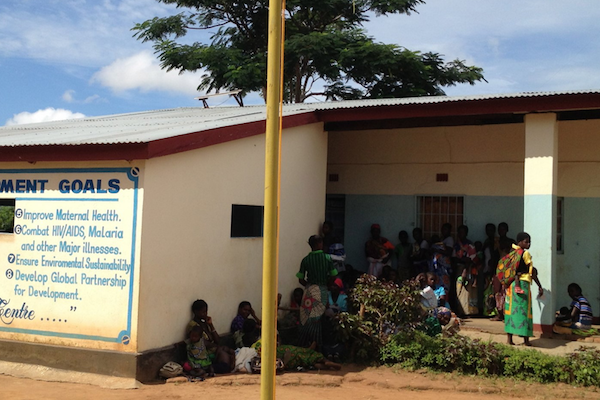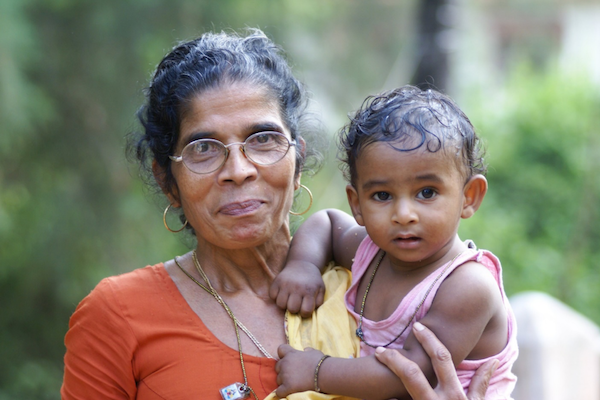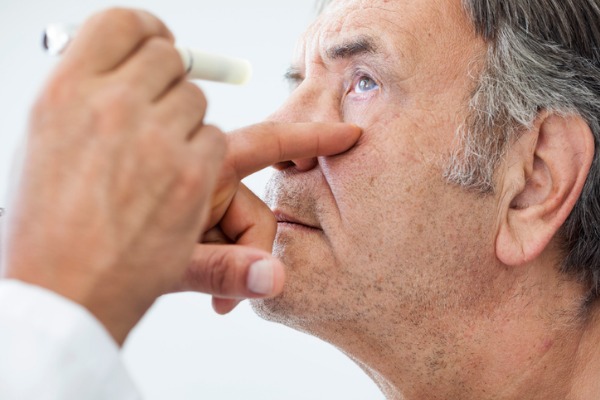
The Effects of Cultural Stigma and Health Literacy on Vision Care in Rural Communities
This article is the second part of a series that explores the social determinants of healthcare with an emphasis on visual impairments.
Introduction
As humans, our species is truly unique in our intrinsic ability to understand and interpret complex systems of thought and behavior. Through thousands of years of imagination, creation, and reflection, we’ve created cultural systems that affect the lives of billions. Indeed, our different cultures mold every facet of our communities, from our day-to-day interactions with one another to social institutions themselves. Hence, it’s no surprise that a topic as central as our health is affected by our culture’s understanding of human wellness. As evidenced by phenomena such culture-bound syndromes and stigmas surrounding diseases, our systems of thought deeply affect our health and well-being. Thus, understanding culture globally can allow us to make significant progress in advancing public health.
This post is the second part of a series exploring the impacts of the social determinants of health—factors external to the traditional system of healthcare—on public health, with an emphasis on visual impairments. In this post, we’ll explore how cultural stigma can affect eye care outcomes in the developing world.
Visual Impairments and Cultural Stigma
As humans, we receive over 80% of our sensory input from our eyes, yet this number alone can’t express the true impact of vision on one’s quality of life. It is better understood in the day-to-day minutiae that are so profoundly altered when one loses vision: chatting with loved ones without seeing their faces; being unable to pick up and enjoy books from one’s childhood; and never again seeing the serene landscapes of Mother Nature. Cultural stigma surrounding these impairments often compounds this sense of exclusion from society.
When someone completely loses their eyesight, this confers the need to be more dependent on others to help them cope and perform daily tasks. Hence, they may fear that others will perceive them as “disabled”—for instance, if their employer finds out, they may fear being seen as incompetent or falling below their current standard of work. To avoid these signs of weakness, many simply avoid reaching out for help, only entrusting close family members with their secret. However, avoiding discussions with doctors and other healthcare workers can exacerbate the problem, as early diagnosis and treatment can improve the prognosis of the impairment.
Sometimes, this cultural stigma can be felt more palpably than the challenges of the impairment itself. I recently had the privilege of interviewing Dr. Madhavi Reddy, a renowned ophthalmologist who has decades of experience volunteering at international eye camps. She shared a touching experience from her travels in the Pacific Islands treating a 16-year-old girl with a cataract1 resulting from injury: “While performing cataract surgery, I discovered that her retina was detached, meaning although the cataract could be removed, she still wouldn’t be able to see from her eye. In spite of this saddening reality, she was joyous after the surgery. I wondered, why could this be?”
As Dr. Reddy discovered, her father feared that having a white pupil would affect how people in his tribe would treat his daughter: due to her noticeable cataract, she would no longer be treated as a normal young girl and be excluded from the social groups. Later in life, she may not be able to get married. Although she could adapt to having one functional eye, the challenges resulting from her cosmetic impairment would be difficult to endure.
The stigma surrounding visual impairments parallels other public health stigmas, such as HIV/AIDS and mental health issues. Although the conditions behind these taboos may be different, they share a fundamental outcome: due to societal pressure, people feel uncomfortable talking about (and thus seeking potentially life-saving treatment) for their condition.
Causes and Solutions to Stigma
Much of the stigma surrounding visual impairments is associated with a lack of scientific knowledge. Globally, community knowledge about these conditions is often limited to urban areas. Indeed, awareness about medical causes and explanations can unshroud the mysteries surrounding a “white pupil”, and in doing so, reduce the stigma and othering that victims experience. Not only does it improve the quality of life for those affected, but health literacy has been found to inversely correlate with the occurrence of certain conditions, as it encourages people to develop preventative behaviors.
An important factor to consider when offering multicultural healthcare is bridging the culture gap between certain treatments and the cultural context of rural communities. Foreign healthcare aid shouldn’t claim the superiority of Western healthcare methods, which may clash with the cultural beliefs of the community or miscalculate the cost/benefit analysis of a certain preventative behavior. Rather, these programs should find ways to integrate science with local beliefs by collaborating with local representatives. For example, during the Ebola epidemic, the Liberian Ministry of Health collaborated with local community leaders in finding creative ways to encourage isolation across a diverse range of communities—this allowed them to save thousands of lives. Indeed, providing care at the local level can be particularly effective in improving health in a manner both effective and well-received by communities.
Going forward, health literacy will be an important tool to mitigate disparities in global health. Current initiatives, such as the Public Health Agency of Canada, have shown positive results in improving community awareness about their health. In the coming years, similar projects—targeted towards rural and remote communities—have the potential to greatly improve the lives of those affected by visual impairments. While there may not be a one-size-fits-all solution to this problem, consistent and motivated efforts can bring about a society where people are no longer afraid to speak about their well-being.
1 a cataract is a white spot on one’s pupil that clouds their vision
Featured image: Kagoro Rural Health Center (photographed by Rohit Ramchandani—flickr.com/photos/colalife/8600279726)
Soham Govande is a junior at Round Rock High School in the Austin, TX area. He is deeply passionate about the intersection of cultural anthropology and public health, specifically with a focus on eye care.
With this in mind, he recently founded a nonprofit organization, Together We See, with an aim to reduce health disparities around the world. In addition, he developed an app, OcularCheck, which won first place at the Congressional App Challenge in Washington D.C.







